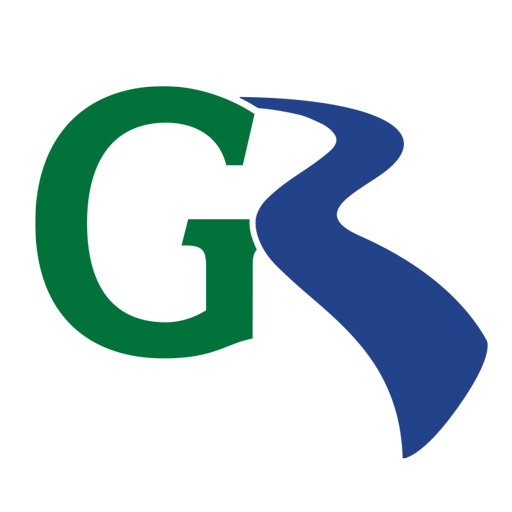The Cambridge Dictionary defines “prepare” as making or getting something ready for something that will happen in the future. It also states: “to expect that something will happen and to be ready for it.”
A capricious planet earth makes natural disasters inevitable. Some years are worse than others, and relatively brief stretches of recorded history demonstrate the ferocity nature can superimpose on unsuspecting civilizations.
In the United States, as recently as 2017, the havoc an untamed environment wreaked on communities and the economy reached near record levels. The U.S. National Oceanic and Atmospheric Administration recorded 16 weather and climate disasters in 2017 with estimated losses exceeding $1 billion.[1] That number included one drought, two floods, one freeze, eight severe storms, three tropical cyclones, and one wildfire.
Cambridge defines a disaster as “an event causing great harm, damage, or suffering.”
Look back in history to 1980, and the picture gets even bleaker. Nearly 220 weather and climate disasters swept across the United States since that time, costing more than $1.5 trillion. That figure includes the initial costs for hurricanes Harvey, Irma, and Maria.
National Preparedness Month serves as a reminder.
National Preparedness Month was established in 2004 to encourage Americans to prepare for potential emergencies and disasters. The event is held every September and is sponsored by the U.S. Department of Homeland Security’s Federal Emergency Management Agency (FEMA).
While we can’t control nature’s rage, we can brace ourselves for the worst in the hopes of escaping relatively unscathed. And that requires making preparations.
Here are some emergency preparation tips to help keep you secure:[2]
Put appliance thermometers in your refrigerator and freezer. Refrigerators should be kept at 40°F or colder and freezers at or below 0°F. Freeze water in containers to keep refrigerators cold during power outages.
Put refrigerated perishable items like milk and meat in the freezer during power outages. Refrigerators retain adequate cold for about four hours during outages; full freezers may preserve contents for nearly 48 hours (if doors are kept closed).
Plan ahead by buying emergency supplies if you know potential power outages may occur. Buy dry ice or block ice in anticipation.
The harsh realities of some of the recent and more severe natural disasters demonstrate the importance of making preparations to ensure all aspects of your personal life, including finances, are kept secure.
The Federal Trade Commission offers these steps to manage weather emergencies:[3]
Organize your finances. Most people preparing for emergencies rightly focus on the material side, such as stocking extra batteries or bottled water. However, ensuring your finances are in order is equally important.
Locate documents. Inventory paperwork, forms or other important documents, and replace anything that is missing. Store the documents in a safe and protected place.
Take a look at your insurance. See if your insurance policies – home or health – will pay for shelter or replace any property, including clothes, destroyed in a disaster.
Brace for flooding. Hurricanes can send rising waters into homes and buildings, causing major structural damage. Check your policy to ensure you are adequately covered for all aspects of a disaster, including floods. You can also draft a personal or household flood plan.[4]
Protect your pets. The family member often overlooked or neglected during disasters and preparations is the furry one, the household pet. Make plans to protect your pets from fires, floods, tornadoes, or other emergencies.
The American Red Cross provides assistance with developing emergency plans and conducting inspections. Here are ways the organization provides help:[5]
Conducts home visits to test or install smoke alarms and provides disaster education.
Hosts The Pillowcase Project, a Disney-sponsored program to help teach children how to prepare for emergencies.
Participates in FEMA’s PrepareAthon!,[6] which helps motivate communities to initiate and engage in more emergency-preparation functions.
Encourages families with children to use Monster Guard, an app that teaches children through games about the importance of preparing for emergencies.
Preparing for emergencies and for your financial future should be a very important part of your life. If you have any questions or would like to learn more about developing strategies to pursue a prosperous and safe future, contact us today!
Disclosures
These are the views of Platinum Advisor Strategies and not necessarily those of the named representative, Broker dealer or Investment Advisor, and should not be construed as investment advice. Neither the named representative nor the named Broker dealer or Investment Advisor gives tax or legal advice. All information is believed to be from reliable sources; however, we make no representation as to its completeness or accuracy. Please consult your financial advisor for further information.
We have not independently verified the information available through the following links. The links are provided to you as a matter of interest. We make no claim as to their accuracy or reliability.
Opinions expressed are subject to change without notice and are not intended as investment advice or to predict future performance.
Resources
[1] www.ncdc.noaa.gov/billions/
[2] www.usda.gov/media/blog/2017/09/08/national-preparedness-month-npm-preparing-possible-weather-emergency
[3] www.consumer.ftc.gov/blog/2017/09/its-national-preparedness-month-time-make-plan
[4] www.fema.gov/national-flood-insurance-program
[5] www.redcross.org/get-help/how-to-prepare-for-emergencies/national-preparedness-month
[6] www.ready.gov/prepareathon

